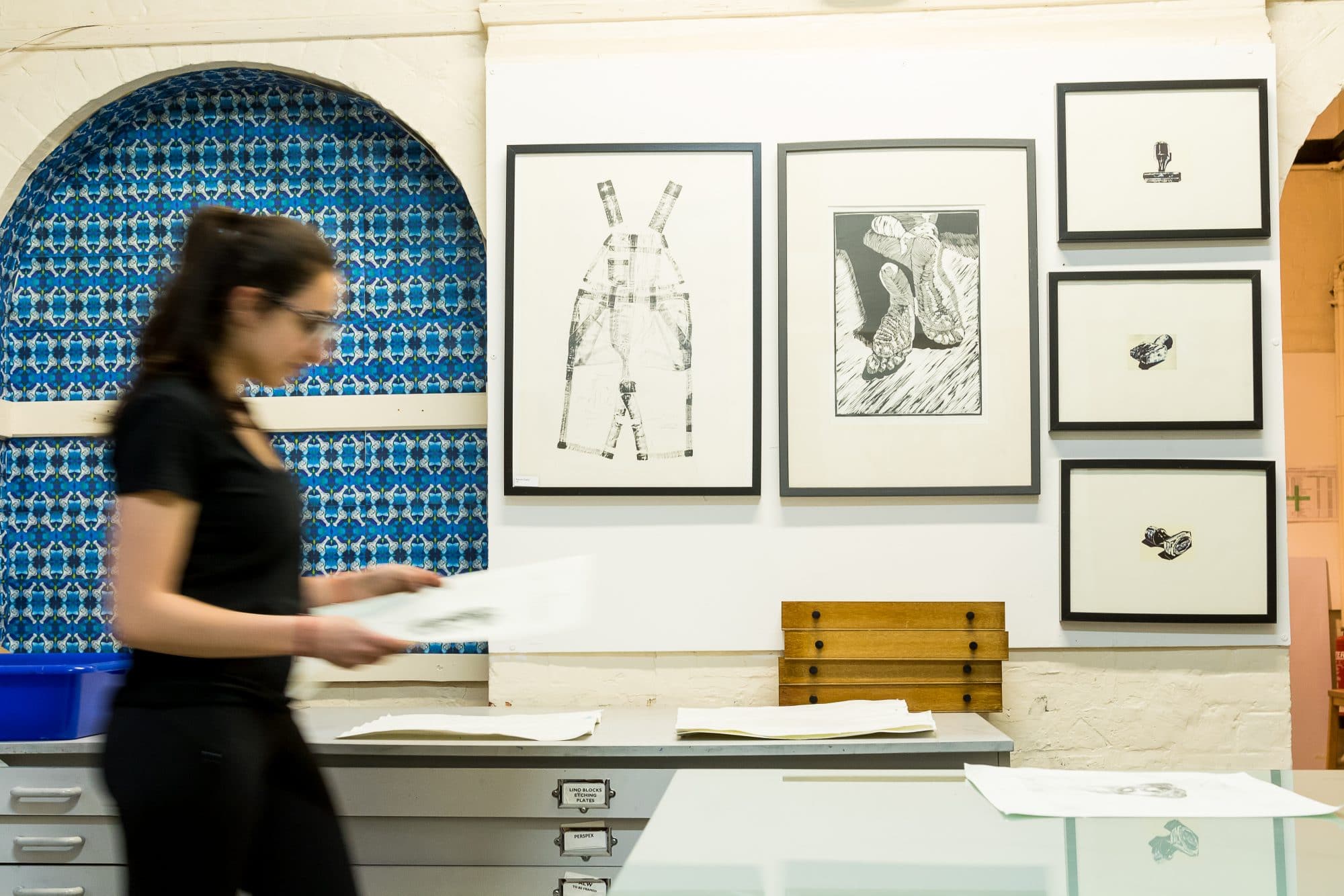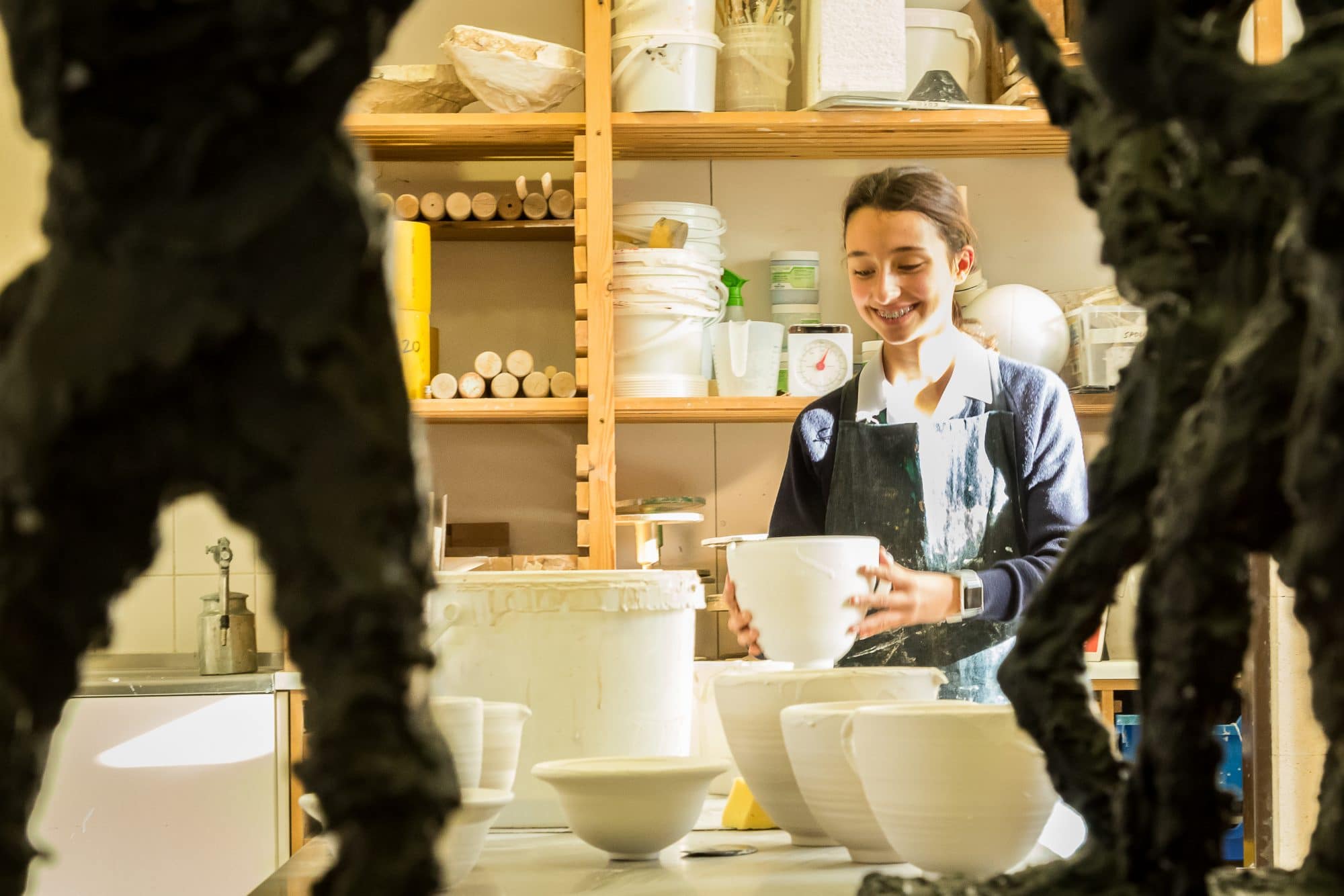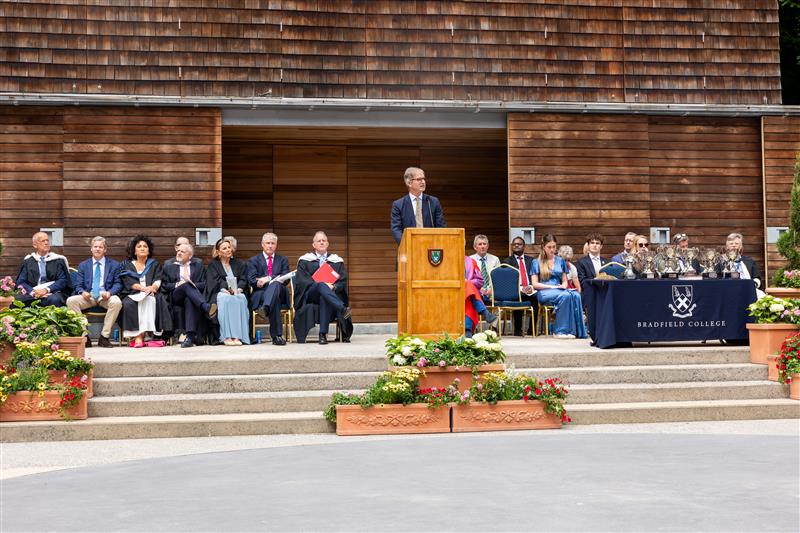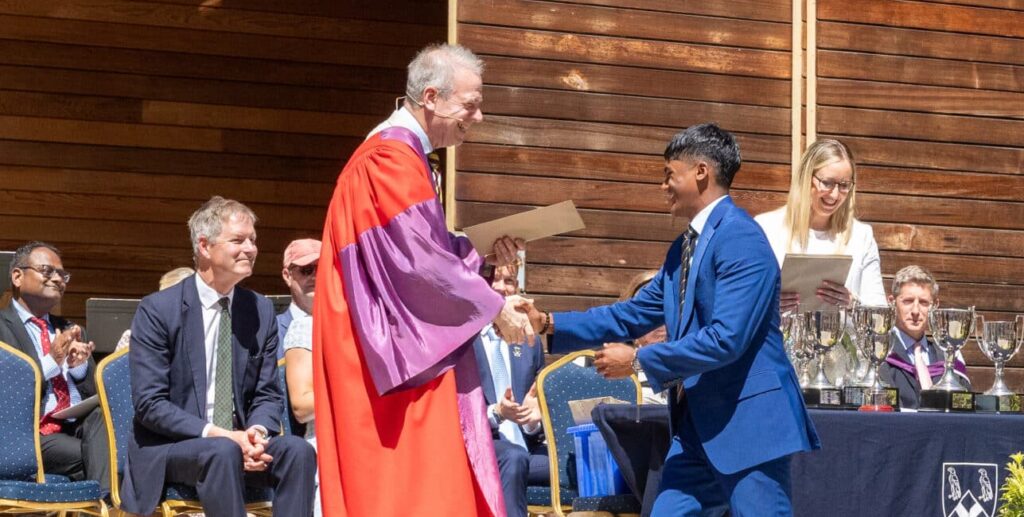
In the ‘fake news’ era, how much better would we be preparing our pupils for the world if they looked at it with a discerning eye? If they not only saw what was in front of them but also scrutinised, understood, interpreted and responded with confidence and sound judgement?
Critical analysis is fundamental to creative practice, but is unfortunately not something we are born with. It must be taught, re-taught and developed over time like a muscle and be exercised as such.
Art is the emotional outlet, the voice and stage for the introvert, the quiet break for the extrovert, a connection to the wider world and to the invisible and internal experience of our young people.
Investing in processes that have long-term benefits over immediate outcomes such as patience and perseverance are important attributes that are quickly disappearing from many aspects of modern life. As access to and ease of technology increases, and the world becomes a more immediate place, Art provides a perfect counterbalance.
Art is a huge subject area. For the purposes of this article when using the term “drawing” I am referring to all aspects of making Art, not only drawing in the conventional sense but also painting, printmaking, design, photography and sculpture.
Why learn to draw?
Creative skills build communication between the eye, brain and hand. Coordination and speed of thought develops a physical, intellectual and cognitive maturity that is undeniably applicable and valuable to the athlete, actor and scientist alike.
Art is looking at things carefully.
William Saroyan
A common question is why should we draw? What is the purpose of this time-consuming activity? A photograph, even on an old smartphone, will instantly render a more accurate image than even the most accomplished of artists can offer.
The simple answer is to allow us to develop our observational skills. It encourages us to look. The drawing, the print, painting, sculpture or manipulated image that is produced does not need to be the valued artefact; rather it is the enriched visual knowledge and the experience which leads to enhanced future performance.
Everyone can draw
Everyone can be taught to draw. Ask pupils as they enter the College if they are good at Art or if they enjoy the subject and their answers will largely depend on how well they can represent reality in their work. However, it is not a case of ‘some can while others can’t’ draw.
We should not focus on those who show ability and ask the others to do something else. We would not accept it if our children suggested they were going to give up on reading or writing because they were not very good. Not all children become great authors but all understand the importance of spelling, punctuation and structuring sentences.

Developing skills
In the first instance, we expose pupils to a fundamental set of skills; looking, recording and manipulating with a range of materials. These materials include pencil, charcoal and paint but also less familiar printing techniques and three-dimensional materials such as clay and plaster and now also include the use of photo manipulation.
Every artist was first an amateur.
Ralph Waldo Emerson
I have tried to avoid clichés but this is all designed to start young people on their journey of discovery. Two parts are equally important; how to learn a skill and then the need to practice to improve. Drawing is never fully mastered, the more you learn the more you discover is available.
Copying is encouraged
When we see excellence demonstrated by others, irrespective of when, where or by whom it has been produced, we might desire to emulate the practice or the individual.
Looking at the work of others is essential and obvious. Why would you not? It is natural to learn from others, copying is definitely and positively encouraged. Only by putting yourself in the shoes of others, can you really benefit from their work and appreciate it with understanding and depth.
Art is for everyone
Art is the emotional outlet, the voice and stage for the introvert, the quiet break for the extrovert, a connection to the wider world and to the invisible and internal experience of our young people. It is a powerful form of communication, a statement of self-awareness, expression and a demonstration of consciousness.
If we can offer and include the development of discernment and empathy as part of the process, then we have found something worth continuing to invest in.



